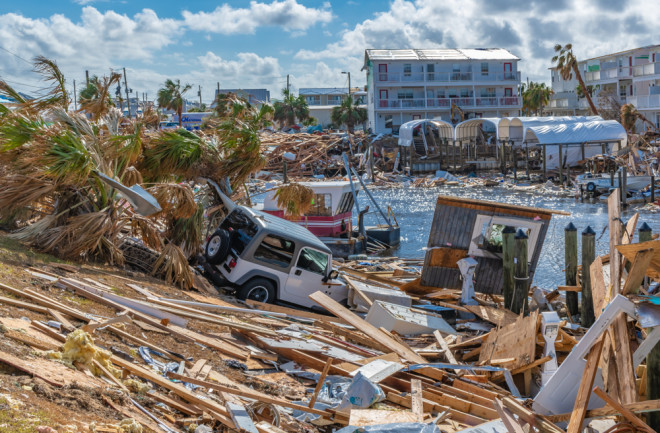This article was originally published September 8, 2020. It has been updated with current information.
According to the National Oceanic and Atmospheric Association (NOAA), the Atlantic hurricane season spans from June 1 to November 30, with storms usually ramping up in late summer. NOAA, in the last few years, has issued above-normal hurricane predictions, and climate change is likely the reason.
There are all kinds of ways to measure how bad a hurricane is or the kind of damage it might inflict. But when it comes to interpreting which of these parameters climate change affects in which ways, some ideas have more scientific consensus behind them than others.

